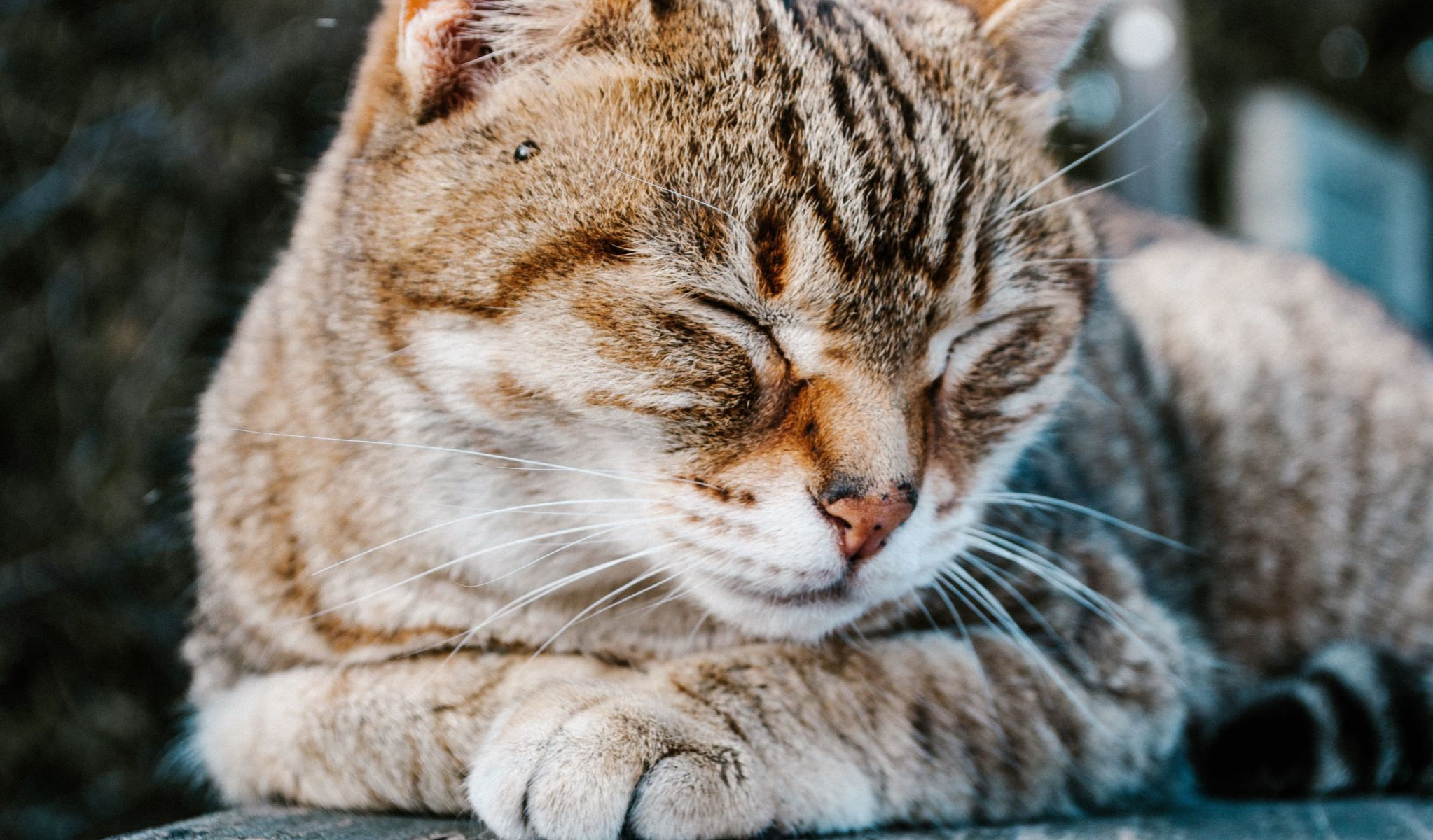
Sleepy meditations﹘What to do
Sleepiness during meditation is quite common. Even advanced practitioners have periods of drowsiness in their meditations. But sleepiness is not necessarily a problem, even if it does not go away. In fact, there are ways to use it to enhance the results of meditation.
Sleepiness in meditation has several elements. We will look at three important ones: physical, mental/emotional, and life circumstances.
Physical elements of sleepiness
When you get sleepy in meditation, you tend to lose your ideal body posture to one extent or another. In the extreme, you may suddenly feel that you are falling forward or backward, perhaps because you’ve nodded off for a moment. Or maybe you just lean or drop your head forward or slump your lower back.
If any of those happen, here are some solutions to try:
- Focus on and return to good meditation posture. That alone will often awaken you. In particular, straighten your back and sit as upright and balanced as possible.
- Stand up and continue the meditation that way, or change to a walking meditation. These are helpful when you are especially sleepy.
- Meditate with your eyes open. That is more demanding, and the extra effort can overcome drowsiness. If your eyes are already half or fully open, open them a bit more.
Mental and emotional elements of sleepiness
You may experience sleepiness during meditation by becoming less alert, as discomfort, or even as pleasure. Each has specific techniques to overcome or, in the case of pleasure, you can actually use the sleepiness as a door to deeper insight into the mind.
How to become more alert
Sleepiness often involves a loss of concentration and sensory clarity. Here are some ways to sharpen your attention and become more alert:
- Choose a more active technique that demands more concentration. If you are meditating on rest, doing nothing, or freely moving your attention, try switching to a labeling technique or one where you focus on change (see below).
- If you are already labeling, say the labels out loud, that is, to yourself in a low or whispered voice. Or, if you are already vocalizing, use a more determined voice. Of course, in group settings, be careful not to disturb people around you, if necessary just moving your lips without any vocalization.
- Train yourself to switch explicitly from sleepiness to wakefulness. This requires some effort and technique. One way is to be so concentrated on the experience of change itself that you are actually “focusing on flow”.
How to work with sleepy discomfort
- Try to have as much sensory clarity as you can with your experience. As above, follow the sensory experience with so much concentration and sensory clarity that you attain “focus on flow”.
- Be fascinated by this flow of change.
- Try to have as much equanimity as you can with the discomfort of being sleepy.
How to surf on sleepiness or dive into it
Being sleepy is a brilliant opportunity to use the body’s natural relaxation to study restful states. Here is a method to work effectively with this deep relaxation. With practice, it also gives you a door into deeper parts of the mind.
- Note that sleepiness comes in waves.
- With each wave pay attention to two types, which can come at the same time.
a) A wave that causes you to fall asleep. Make an effort not to lose consciousness when this kind of wave occurs.
b) A wave of rest. Notice and appreciate this type of wave. Let it lead you deeper and deeper into rest.
Life conditions and insomnia
If you get sleepy every time you meditate, ask yourself if you get enough sleep. Sleep researchers generally agree that most people need 7–9 hours of sleep each night to function well.
All meditation can support deeper sleep, but if you get too little sleep, a 20-minute nap or sleep meditation (see below) might be a better investment of time than formal sitting practice.
Sleep meditation
With some training, meditation can be an alternative to sleep, especially if you experience insomnia. Here is how you do it:
- Lie in bed in a sleeping position and choose one meditation technique. I recommend a calm breathing meditation or focusing on rest, but in principle, you can use almost any meditation.
- Avoid moving the body, to give both the body and the brain rest and peace. Remember that neither the body nor the brain ever sleeps 100%, so you are just trying to minimize activities as much as possible
This can be very useful for jet lag, during meditation retreats where every hour of sleep counts, and other situations. It also works for more severe insomnia or when stress interferes with sleep.
***
Adapted and extended from Shinzen Young’s From Fuzz to Buzz: Suggestions for Breaking Through Sleepiness During Meditation Practice